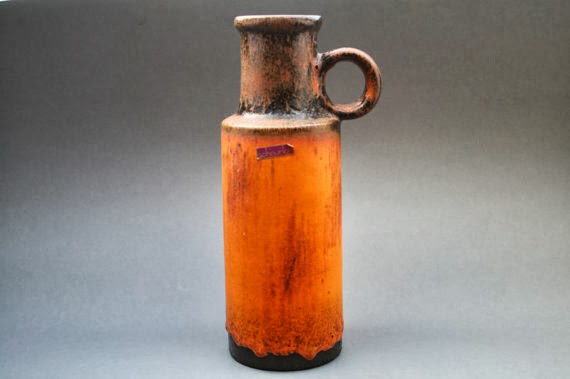In 1935 he joined an archaeological team from the University of Chicago that was excavating in what is modern-day Iran. He returned to Harvard in 1937 to an architecture department that had been completely reorganized under Bauhaus founder Walter Gropius.
After graduating in 1938, Noyes went to work for Coolidge, Shepley, Bulfinch and Abbot in Boston, but the firm proved too traditional in its approach for his liking, so he left to take a job as a draftsman for Marcel Breuer and Walter Gropius. At their urging, he took the opportunity, as a recipient of the Wheelwright Traveling Fellowship awarded to promising architecture graduates, to make his way around the country studying contemporary architecture. He saw Frank Lloyd Wright's Fallingwater and Taliesin, Eliel Saarinen's Cranbrook Academy and several of Richard Neutra's houses in California before returning to work for Breuer and Gropius.
In 1940 Gropius recommended Noyes for the position as first director of the new Industrial Design Department at the New York Museum of Modern Art (MoMA). While there he became friends with Charles and Ray Eames and Eero Saarinen and helped promote their work.
In 1946 he left MoMA to become design director at the firm of Norman Bel Geddes, an industrial engineer known for his work on cars, planes, trains and boats. Noyes was chosen to design a typewriter for International Business Machines Corporation (IBM). Two years later, Bel Geddes's firm went out of business, and Noyes kept the IBM account himself, designing the Selectric typewriter in 1961 . During this time he also collaborated with Breuer on a few architectural projects, as well as teaching at Yale University.
Besides IBM, some of Noyes's main clients were Mobil and Westinghouse, for whom he designed products and buildings. He is known as a pioneer in integrating product, architecture, display and graphic design in the corporate world, often hiring other architects, industrial designers and graphic artists to complete parts of an overall project for which he had been hired.
Some of his best known designs are World's Fair Pavilions for IBM in Brussels, Belgium, and San Antonio, Texas, the Westinghouse Pavilion at the New York World's Fair and the United Nations Pavilion at Expo '67 in Montreal, Canada. He designed the Bubble Houses in Hobe Sound, Florida and the iconic round roofs of Mobil gas stations. He also designed the IBM Education Center in Armonk, New York, and his own house in, as well as one very similar to it, in New Canaan, Connecticut.
From preservationnation.org and dwell.com
 |
| Bremer House - New Canaan, Connecticut preservationnation.org |
 |
| Bubble House - Hobe Sound, Florida scgh.com |
 |
| Chivvis House - New Canaan, Connecticut (based on his own house) preservationnation.org |
 |
| IBM Pavilion - Expo '58/Brussels World's Fair innernerd.com |
 |
| Proposed Westinghouse Pavilion for 1964 New York World's Fair greg.org |
 |
| Actual Westinghouse Pavilion - 1964 New York World's Fair greg.org |
 |
| IBM Pavilion - HemisFair '68/San Antonio World's Fair unt.edu |
 |
| Round pumps and roofs of Mobil gas stations in the 1960s wbez.org |
 |
| IBM Selectric typewriter ibm.com |
 |
| IBM Selectric type elements (often called "type balls") officemuseum.com |












































